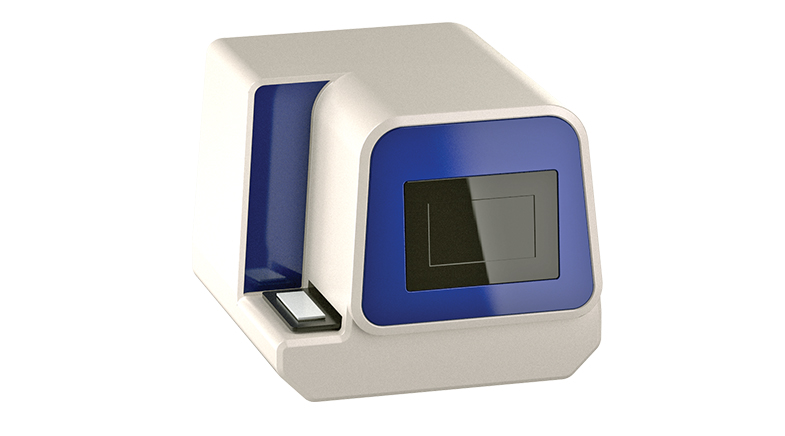The promise of cheaper solar power
-
- from Shaastra :: vol 02 issue 05 :: Sep - Oct 2023

Perovskites promise to make solar energy cheaper — and perhaps enable the cover of a cell phone to charge the device on indoor lighting.
Akhil Alexander was a young teen when Japanese chemical engineer Tsutomu Miyasaka made a startling discovery. Miyasaka and his research team found in 2009 that a certain crystalline material — called halide perovskite — could convert a fraction of incident sunlight into electricity, just like silicon, which propped up the global photovoltaic industry.
Perovskites excite Alexander, who is in a research group working on these fairly inexpensive crystalline materials. Solar cells made from perovskite are nearly 100 times thinner than those from silicon, and more flexible. They can be coated on windows and glass facades to produce electricity.
The first set of perovskite solar cells had a modest solar power conversion efficiency (PCE) rate of 3.8% compared to 20% or more attained by silicon-based commercial solar cells. But efforts by scientific groups for over 14 years have improved power conversion efficiencies. Today their PCE is over 26%, not far behind the 27% achieved by some silicon solar cells.
Alexander is a research student in the lab of Manoj A.G. Namboothiry at the Indian Institute of Science Education and Research (IISER), Thiruvananthapuram. The research group has developed different perovskite solar cell materials, including one with a 23% PCE.
The easy fabrication of perovskite films — these can be made by simply spin coating or screen-printing perovskite solutions on a smooth surface — coupled with the rapid improvement seen in their efficiency is expected to significantly bring down the cost of solar energy.
Globally-installed photovoltaic capacity touched 1.2 terawatts (TW) in 2022, but it needs to increase to 75 TW by 2050 to avert an impending climate crisis. Silicon technologies dominate the current photovoltaic market. Better perovskite solar cells used alone or with silicon-based cells are expected to lead to wider adoption of solar power.
PAST ISSUES - Free to Read


Have a
story idea?
Tell us.
Do you have a recent research paper or an idea for a science/technology-themed article that you'd like to tell us about?
GET IN TOUCH














